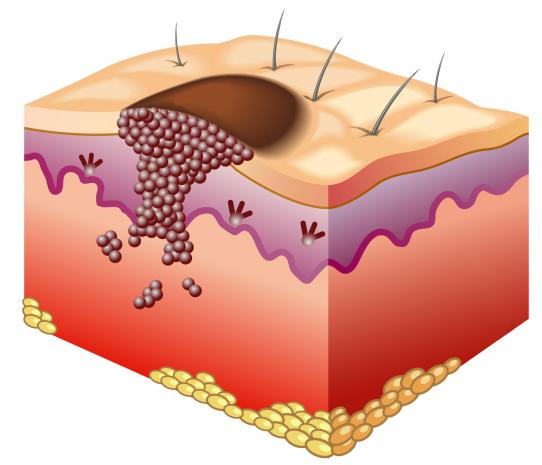
Breaking News
 LIVE ELECTION RESULTS: New York mayor, NJ & VA governor, Prop 50, Trump endorsements, latest vote
LIVE ELECTION RESULTS: New York mayor, NJ & VA governor, Prop 50, Trump endorsements, latest vote
 Sen. Markwayne Mullin Reveals Schumer Held Secret BACKROOM MEETING...
Sen. Markwayne Mullin Reveals Schumer Held Secret BACKROOM MEETING...
 RIP NYC - Muslim Communist Zohran Mamdani Wins New York City Mayoral Race
RIP NYC - Muslim Communist Zohran Mamdani Wins New York City Mayoral Race
 Dramatic Footage Shows UPS Cargo Jet Crashing At Louisville Airport
Dramatic Footage Shows UPS Cargo Jet Crashing At Louisville Airport
Top Tech News
 Japan just injected artificial blood into a human. No blood type needed. No refrigeration.
Japan just injected artificial blood into a human. No blood type needed. No refrigeration.
 The 6 Best LLM Tools To Run Models Locally
The 6 Best LLM Tools To Run Models Locally
 Testing My First Sodium-Ion Solar Battery
Testing My First Sodium-Ion Solar Battery
 A man once paralyzed from the waist down now stands on his own, not with machines or wires,...
A man once paralyzed from the waist down now stands on his own, not with machines or wires,...
 Review: Thumb-sized thermal camera turns your phone into a smart tool
Review: Thumb-sized thermal camera turns your phone into a smart tool
 Army To Bring Nuclear Microreactors To Its Bases By 2028
Army To Bring Nuclear Microreactors To Its Bases By 2028
 Nissan Says It's On Track For Solid-State Batteries That Double EV Range By 2028
Nissan Says It's On Track For Solid-State Batteries That Double EV Range By 2028
 Carbon based computers that run on iron
Carbon based computers that run on iron
 Russia flies strategic cruise missile propelled by a nuclear engine
Russia flies strategic cruise missile propelled by a nuclear engine
 100% Free AC & Heat from SOLAR! Airspool Mini Split AC from Santan Solar | Unboxing & Install
100% Free AC & Heat from SOLAR! Airspool Mini Split AC from Santan Solar | Unboxing & Install
Discovered: The genetic flaw that triggers skin cancer

Up to 70 per cent of cases of malignant melanoma could be sparked by a genetic mutation caused by ageing and over-exposure to the sun.
Scientists at The Institute of Cancer Research had previously linked the rogue version of the so-called BRAF gene to the disease but did not know if it actually caused the cancer.
Now, the same group of researchers has shown that acquiring the BRAF mutation can be the first event in the cascade of genetic changes that eventually leads to melanoma, the most deadly form of skin cancer.
While the mutation could occur naturally, the odds of it appearing are likely to be exacerbated by intensive exposure to the sun.
Lead author Professor Richard Marais from the institute said: 'We know that excessive sun exposure is the main cause of skin cancer, but not much is known about the genetics behind it.
'Our study shows that the genetic damage of BRAF is the first step in skin cancer development.
'Understanding this process will help us develop more effective treatments for the disease.'
There are around 9,500 new cases of malignant melanoma and more than 2,300 deaths from the disease each year in the UK.
Over-exposure to sunlight causes at least two thirds of all malignant melanomas and up to 90 per cent of other skin cancers. This excessive exposure damages DNA and causes genetic mutations.



